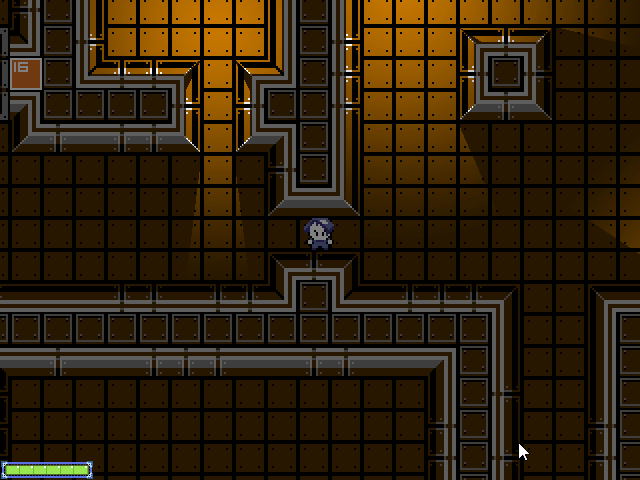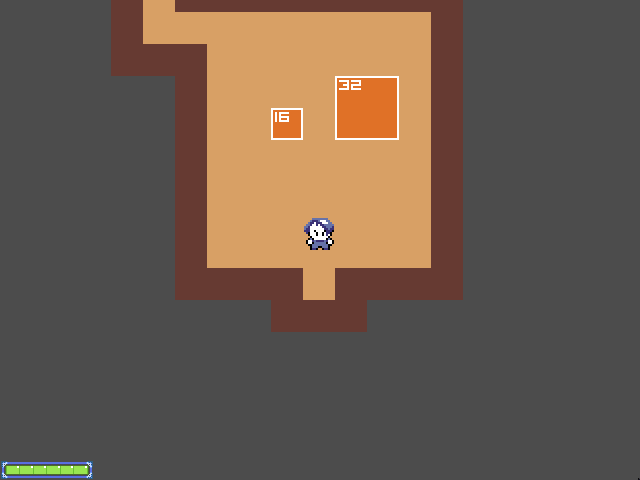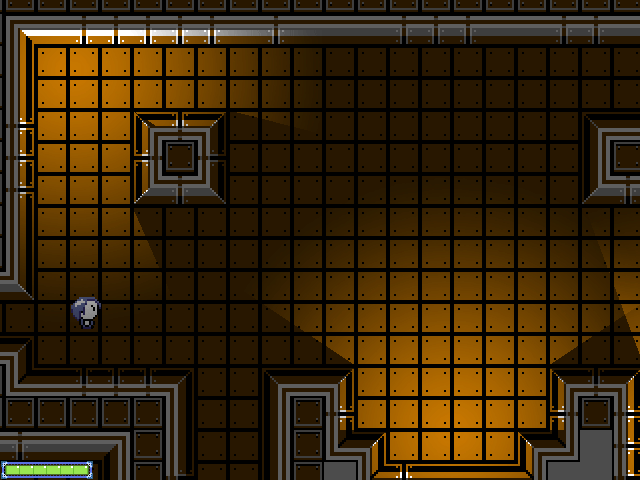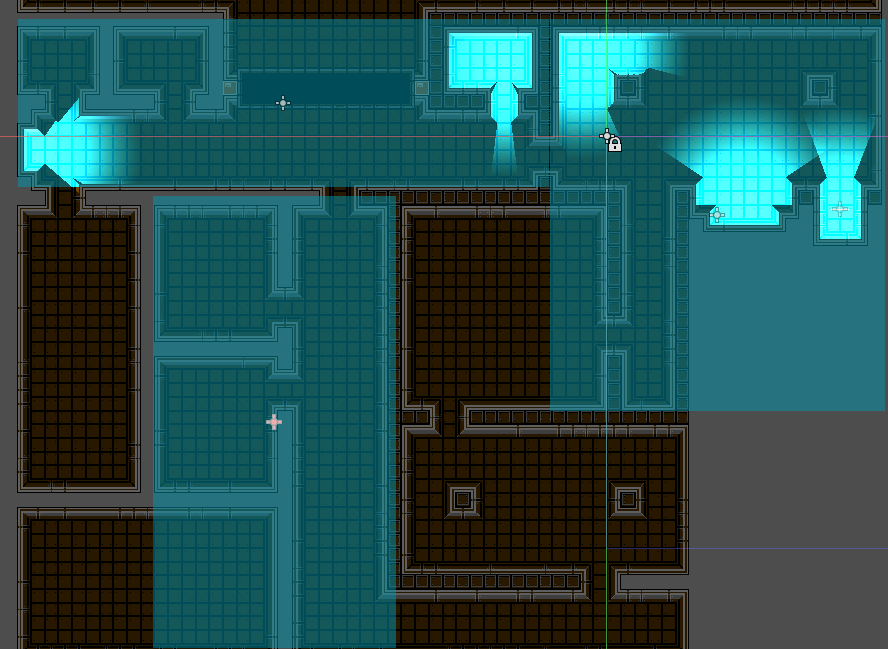The Martian atmosphere is a curious pain in the ass. It’s thick enough that it causes aerodynamic heating, but too thin to be practical for a parachute or breathing. It’s a younger sibling that exactly dances the line of what’s allowed.
The whistling at the edges of our ship turned to a full roar as it oriented itself in a precarious, almost upright position that maximized its exposure to the wind. Its skin started bleeding liquid methane to offset the increase in temperature from the compression. After our surface speed had dropped below Mach 4, the landing thrusters engaged and we began the vomit-inducing intermittent backwards fall. We’d all seen the landings in videos of yore. Two beautiful points of light transform into ivory towers that gently set themselves on the ground. It had come a long way since then, control systems growing ever more robust and formally validated, flow control and combustion systems becoming more powerful and lighter. Still, the turbulence of the Always-Toeing-The-Line-Fuck-You Martian Atmosphere made the landing computer work like mad and kept our eagle-eyed pilot, Thompson, glued to the terminal.
Slowly, quickly, slowly, gracefully, gently, eye-poppingly, we eventually landed with a delicate thud on the Red Planet. In an instant, the bitterness and irritation that came with a six month road trip fell away and I was reminded of the impossible wonder of what was about to happen. This was everything we’d spent our lives trying to do and, against all odds, we were the first to make it to Mars and survive.
There was a moment of quiet celebration between the three of us as the engines wound down.
“Mission Control, this is Thompson. The Eagle has landed. Current telemetry has us just shy of 3.1 km to the landing site. Fuel consumption was 2% below predictions. We’re sitting pretty. Ready for EVA.”
We were short of the target site, thank goodness. Perseverance Valley, the final resting place of Oppi and Xia Yibu (下一步), the Chinese Lander. Perseverance Valley is unfriendly, and overshooting our landing site would mean going sledding down the side of a mountain in a government-issue rental rocket. Mission Control would be very unhappy. We would be fine, if slightly dead or dying and on fire.
They nearly beat us. China had been hiding their heavy-thrust and high-payload rockets for nearly two decades, and they didn’t announce their intended landing on Mars until someone forced their hand by leaking the story. I suppose they wanted to wait until they’d succeeded? No matter, because of all the space-faring nations, they were the only ones to make the last launch window. For a while, it seemed like China would be the first on Mars. As a scientist, as a terran, as a human, I was overjoyed that we were finally finding our footholds in the next worlds. As an American, I was envious and disappointed.
But we were handed a second chance. The Xia Yibu’s ceramic buffer panels fractured and broke apart from the non-uniform heating. The entire vessel underwent what we call a, “Rapid Unplanned Disassembly.” The general population refers to it as an explosion.
I remember hearing the news. In the span of a moment I felt nearly every emotion I believed I was capable of feeling. I thought about the families of the astronauts. I thought about what it meant that we, as humans, had failed. I thought about the poor workers who assembled the tiles and were, at that moment, likely awaiting execution for their mistakes. I thought about what it meant for us, that we can have the chance. I thought about my reaction, that glimmer of self-serving joy at other’s misfortune. I thought about what it said about me and I felt sick. I needed to sit down. I took a breath — these emotions can be processed later. There was work to be done.
Thompson, Brown, and I had not discussed who would be the first to set foot on the red planet. There was nothing to discuss. The decision was made by NASA and handed down in plain manila envelopes to us. The disparity between the gravity of the decision and the presentation invoked images of the holy grail as a plastic sippy-cup. Maybe with a crazy straw.
Someone tried very hard to select the most egotistical, arrogant, self-serving shitheel in the nation. They picked me. They succeeded.
Brown and I suited ourselves up, in some sense. We put on what was basically aeronautics-grade hazmat gear — orange and white plastic-y laminated undergarments. The actual suits were attached to the ship. Mars, in addition to not having a very helpful atmosphere, is covered in a dust that’s highly poisonous to humans. Rather than worry about venting atmosphere or flooding the ship with calcium perchlorate, it was easier to just leave the suits outside all the time and sneak into and out of them.
We entered into the backs of our suits, did ran the systems through Power On Self Test, and sealed the ports. Thompson opened the outer shielding and lowered the ramp. “Moss,” he said, “Don’t fuck up.”
“I’ll do my best.” It was all I could do. And I stepped down the ladder. One rung. Two. Three. Just move. Just breathe. My suit probably weighed 300kg. Keep moving. That’s only 100kg in Mars gravity, but enough to crush the average person. Almost there. Fortunately, there was a high-efficiency exoskeleton woven into the fabric itself. Two more steps. It felt like a hefty backpack. One more step. Just a backpack. Nothing more.
Contact.
A weightless step.
A deep breath.
Mic on.
“And so it was again as it was once before. That human kind stood on the shoulders of giants and walked among the stars.”
Mic off.
Thompson clicked over my intercom. “Well done, Moss. I bet you’re crying.” I was. Mic on: “I’m not crying you’re crying.” Brown clicked in, “Thompson probably is crying.” Thompson clicked back, “We all are. This is the greatest day of my life. We’ve got work to do, though, so are you just going to stand there bawling or are you going to get your shit together and move out?” I had to laugh. “First of all, I’mma do both.” Brown was on the last second to last step, misjudged the position, and stepped off into thin-air. I heard a muffled thud. “Brown?” I said, “You okay? Status.”
Brown came back, “Ego has suffered considerable damage. Suit integrity still at full. When you retell this story, say I did it on purpose.”
“Let me help you…” I trailed off. There was a gouge in the landscape at the edge of the spillway. Brown noticed my distraction.
“Xia Yibu made it to the ground,” stammered Brown. “Almost intact. Why didn’t any of our satellites pick that up?”
“Budget cuts?” I offered. “Thompson, can you open a channel to Mission Control and send them an update?”
“Already done.”
“You’re frustratingly competent. Brown, what’s LRF read for distance?”
“3.2km, but some pretty basic trig would suggest it’s less than that. My head says about 2.1 km. The face part of my head. The mouth part of my face.”
“Thompson, how’s our landing change the time to sunset?”
“Effectively? Not at all, and you’ve got enough air to make it there and back, if that’s what you’re proposing.”
“It was not. Not explicitly, at least. I really want to.” I drew a breath, still reeling from everything that had happened in the past… two minutes? We had a plan. We had a mission. We had orders. Wing it on your own time. “Okay, let’s set up camp.”
The habitats were basically bouncy castles made of carbon and kevlar reinforced plastic. It wouldn’t protect us from radiation, but it would withstand the weight of Martian soil. We were going to bury it — diffuse the brunt of the sun’s death rays. Brown got to surveying while I unpacked the lander. Thompson ran diagnostics and played 90’s punk on the secondary channel. Adrenaline and enthusiasm carried us through the day and we finished with time to spare. We had a site with loose soil that we could blast away and fill with our hab. We had the ship unloaded and the storage area reconfigured for fuel. We had confirmation that our resupply unit, one that had shipped well ahead of us and started transforming the surface into fuel, was locked on our position and migrating to us. It was good to be alive.
NASA returned our messages. The light latency was 30 minutes at this point in orbit. We had enough time for a few back and forth exchanges during the work day, status updates, plan changes, fun things. The channel was too low-bandwidth for video or audio, but they offered some very poetic descriptions of the world’s reactions. Not that it mattered. We wanted to get to the Xia Yibu.
I slept — more deeply than I had in perhaps my entire life. Despite the anticipation of the day to come, I was at peace with myself and with the world. Both worlds. Victories were very ephemeral in my life. Even the greatest successes morphed into fortunate accidents through the malice of hindsight. This would be different. I had done something worth remembering. I had done something, finally, to justify my existence.
Life’s a funny balance of narcissism and self-loathing.
Dawn on the Red Planet is stunning. If you’ve ever lived near a lighthouse, you may recognize the single ball of luminescence against a background of rock and haze. That’s the Martian sunrise.
We ate together. Mission Control approved the change of itinerary. We had the go-ahead to proceed to the site of the Xia Yibu. Another happy accident in my life — Oppi, our main objective, was on the way to the Xia Yibu.
Our crawler was like Opportunity’s grown-up sibling. The nickle-titanium shape-metal-alloy tires had proven to be a nice upgrade, but the basic construction of the frame was unchanged. Advances in DC motors and battery technology also left more space for cargo, passengers, or, in our case, speed while unloaded.
The journey ended up being 2.2 km. Goddamn you’re good, Brown. A 2 km journey is something the average person can make in about 25 minutes. Our exoskeletons and the 1/3rd gravity would mean we could probably have sprinted in about 5 minutes, but we had a job that required some hauling: retrieve Oppi.
Thompson saw it when we were 100 meters out. Oppi was not alone. Draped at the side was the body of a CNSA astronaut who, as suggested by the control unit attached to Oppi’s serial interface, was trying to send a message back home. Failing that, the astronaut, the first human on Mars, inscribed a message.
好好休息, 我的老朋友. Rest well, my old friend.



